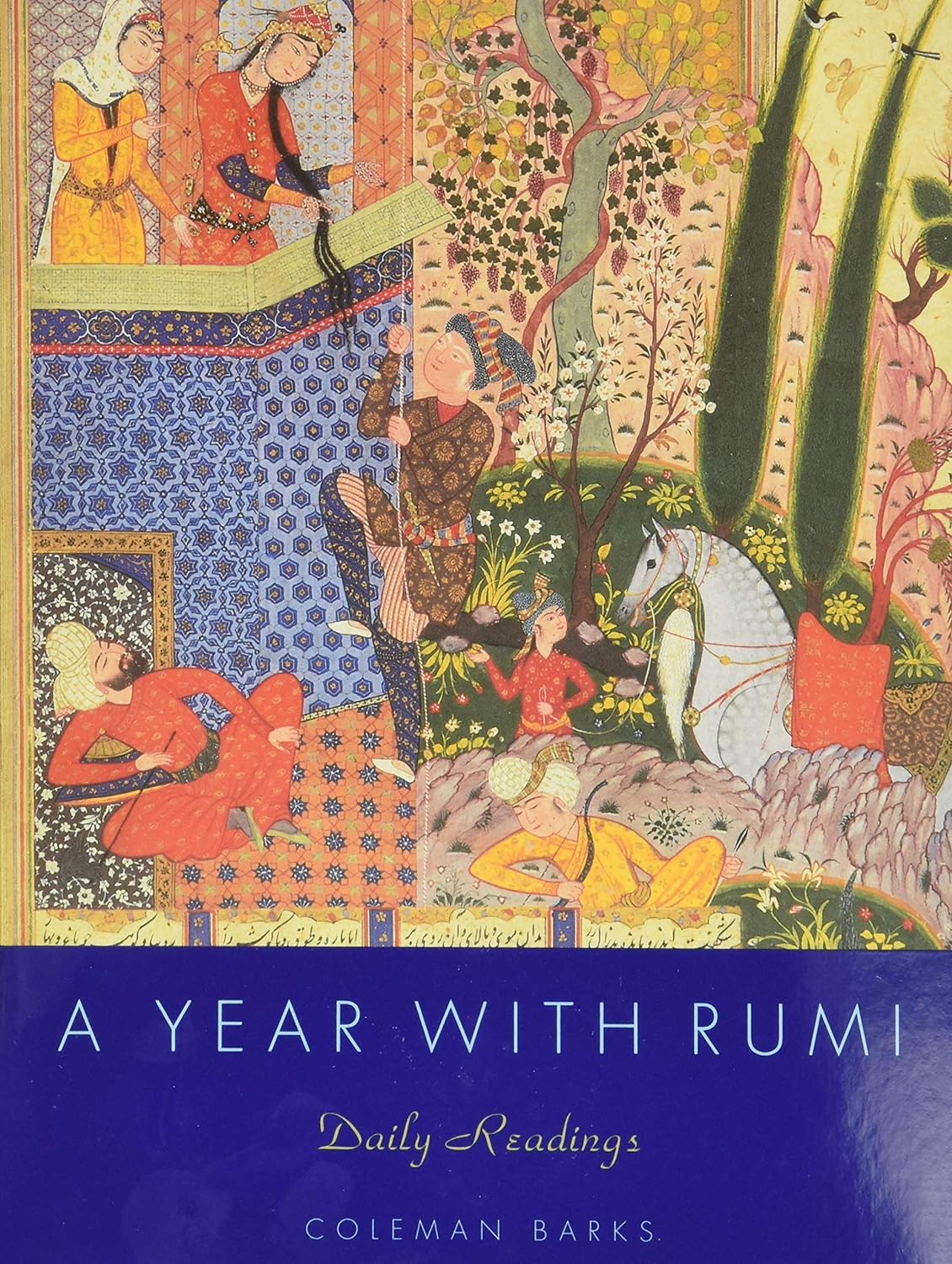The Way of Shiva and Buddha – Sadhguru
Meditator: Namaskaram, Sadhguru. I just want to know the basic difference ofthe way of Shiva and the way of Buddha. Sadhguru: It’s very easy to talk about Buddha’sway because it’s very logical,it’s quite simple actually, and it’s very long-drawn-outprocess. Generally the methods that Gautama gave topeople were always a question of a few lifetimes. You can clearly see this today, the Buddhistsare always talking about this, particularlythe Tibetan Buddhists who are the best knownBuddhists in the world today for whatever political reasons. They’re always talking about a few lifetimesof work. So, if you have that kind of patience thatyou are willing to work for a few lifetimes,Gautama’s way is a very efficient, verylogical, scientific step-by-step process thatone can take, because this is a path of awareness. The significance of walking the path of awarenessis – there are milestones on the waywhich tell you, you have come one mile, two miles,ten miles, it tells you where you are,that is the most important aspect. That is without too much trust or devotionyou can still grow, because you have a methodto hang on to – you just keep doing it, keepdoing it, keep doing it. It clearly shows you that you’re progressing,but with Shiva there is no such guaranteeand he doesn’t fix milestones. You don’t know whether you are going forwardor backward but you are going somewhere, that’sall you know . It’s like falling into a bottomless pit. That sounds terrifying. I want you to understand this – a bottomlesspit is the safest place to fall into . A pit with a bottom is dangerous . A bottomless fit… pit is absolutely safe. Your life is done, if you just jump into it,it’s done; simply you fall. If you ever do… has anybody done sky diving?Hmm?You did?So, if you have a free fall, then if you donot open your parachute for a few thousand feetyou don’t know whether you’re goingdown or going up, nothing, it just feels likeyou’re floating around and it’s wonderful. Only when you look down the damn planet iscoming at you at a tremendous speed . If this planet is taken off, this is a greatexperience. Only if you look down, it’s just coming atyou at tremendous speed, that’s the only problemFalling is… don’t understand the fallingas a negative thing. Falling is a great thing. Did you ever fall in love ?Only when you hit the bottom, then it getsbad . If you fell into a bottomless pit then thereis no problem. So, Shiva is a bottomless pit. His methods are very different but you cannotlimit him that way, because with seven differentdisciples, the seven Sapta Rishis, the celebratedrishis of the yore, he taught seven basic waysin which a human being can explore hisconsciousness. From these seven, in multiples of seven itwent further and one-hundred-and-twelve different wayshe explored and he said, ‘This is all. ’There is a beautiful story… no time forstories . So, he expounded one-hundred-and-twelve differentways as to how a human being can attain to his peakand these one-hundred-and-twelveare the one-hundred-and-twelve chakras inthe body. There are one-hundred-and-fourteen, but twoof them are outside the physical body. He left those two and he said one-hundred-and-twelvedifferent ways of attaining when you are embodied. That means every chakra in the body, everymeeting point of the energy system -one particular way of attaining. So, he did not leave anything out. So, Buddha is a small part of his work. I want you to understand, Gautama himselfdidn’t go simply sit in the forest. The eight years of his sadhana he spent withvarious teachers across the country and thewhole spine of this spiritual process, thisknowledge, has essentially come from Shiva. Wherever it is, whichever part of the worldit is, the basic spiritual process comes fromthis spine and it’s been taken to differentparts of the world in so many different forms. They look so different because these one-hundred-and-twelvedifferent ways look absolutely different fromone another. So, what is the difference from Shiva andBuddha is not an appropriate question. Which aspect of Shiva did Buddha explore?He explored the path of awareness, which isone aspect. It’s very uni-dimensional but the significanceof Gautam Buddha is- he is very scientific,clinical. He appeals to the logical mind, but he islike, he also sat like thisMany times he was an ascetic, he just satunmoving but many times he was a mad dancingdrunk. He was in all kinds of states because he didn’tlimit himself to any particular dimension,he just explored every aspect of life. So, what you call as Buddha’s way is justone aspect of these one-hundred-and-twelvedifferent ways. And so many others have brought so many otheraspects, but individual ways. Of these seven disciples, of these seven SaptaRishis, the one who walked south…south means anything South of Himalayas is south;I am talking to all the Mumbai people . Anything South of Himalayas is south. So, Agastya walked south and he became particularlyactive beyond the Vindhya Mountains. You know that story about Vindhya Mountainsbowing down to Agastyamuni and he never came backso you know that story. No?You must learn something about India . So, particularly the Deccan Plateau he spreadhimself in such a way, every human habitationin Deccan Plateau he touched. Wherever you see you will hear something aboutAgastyamuni and he started thisAction for Rural Rejuvenation, he did not leave a singlehuman habitation; he brought spiritual processto everybody’s life, the whole population. They say he lived over 4000 years. We don’t know how long he lived but definitelyhis life span was not a normal span of life,it was extraordinarily long. When you just calculate the mileage that hecovered, if you had put a speedometer on himand seen how many miles he covered, you couldsee it’s an extraordinarily length of time. We don’t know whether it’s 400 years or 4000years. People say it’s 4000, but definitely he livedvery long and he touched every habitationand made sure a spiritual process became aliving reality for them. We are still enjoying his work, I want youto know. The Southern part of India is still enjoyinghis work. A certain… without knowing why, a certainlevel of settled nature that you see is his workbecause he brought yoga into people’slives without a label, without a format,just like life process. As you wake up in the morning, brush yourteeth, cook, eat, all this he made it intoa spiritual process and we are still enjoyingthe benefits of that . If you look at any spiritual process anywhereon the planet you will see it is not outsidethe one-hundred-and-twelve ways in which Shivaexplored this. So, comparing Gautama and Shiva is inappropriate. I have great respect for Gautama. He is a great being, no question. His work is phenomenal. He caused a huge spiritual wave which is stillon after 2500 years but it is not comparable…it is no way comparable. All we can say is Shiva’s work containsGautama’s work as a small element. It is less than 1% because out of one-hundred-and-twelve,Gautama explored one and the important thing ishe marketed it well and he encouraged thousandsof people to take the path – that’s his successbut Shiva is little too inebriatedto do marketing . You should do marketing for him. He is… he won’t do marketing, but stillI have to… generally it’s believed,this is somewhere 40 to 60,000 years ago that hestarted his work but after 60,000 years or40,000 years it is still alive, you can’tkill it. Hum?You still can’t kill it, isn’t it?By the time I am done with my life, I am sureI will leave him little more popular thanthe way he is today .










